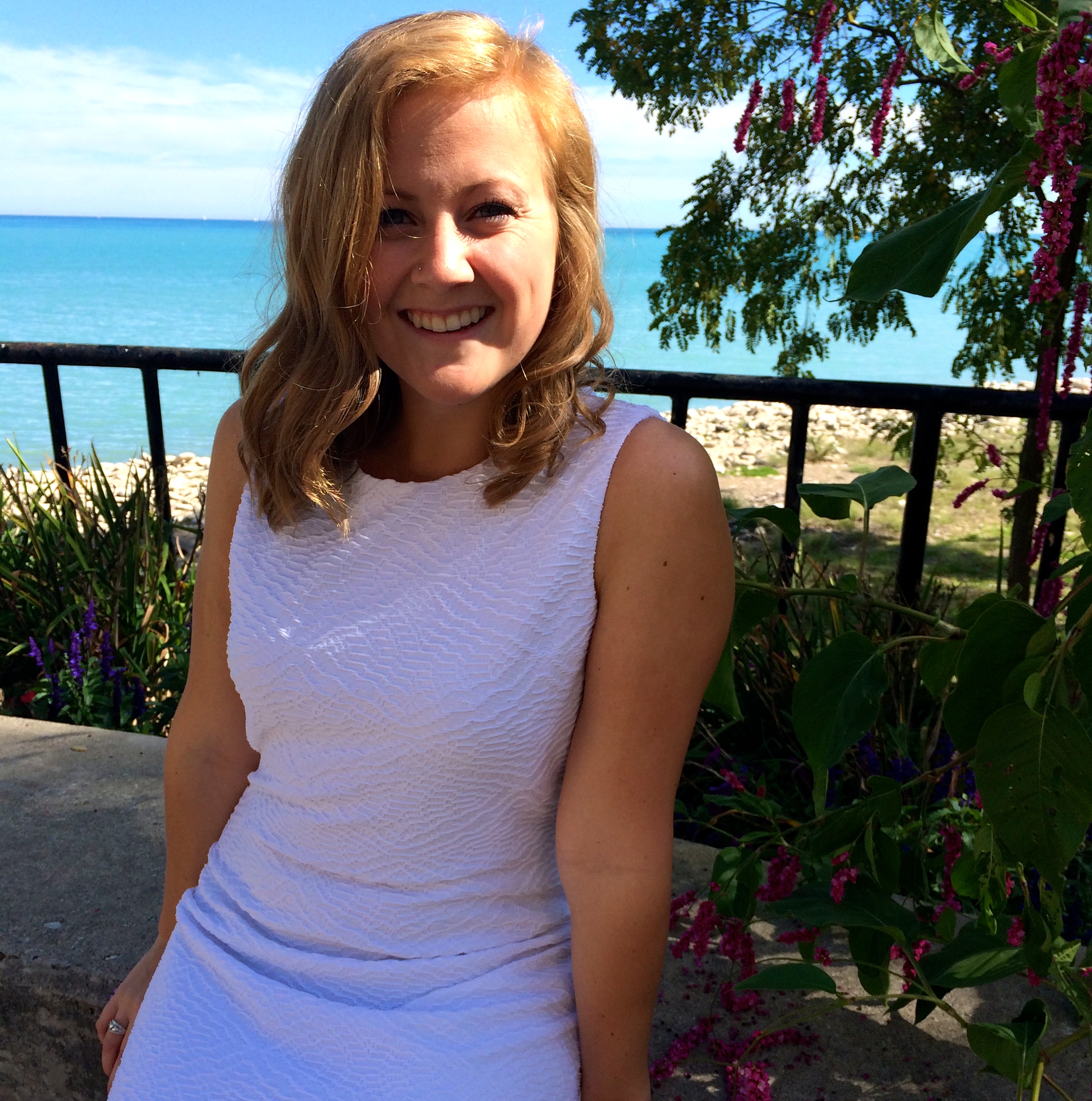Celebration of Scholars
The Fate of Fragrance Chemicals from Wastewater Treatment Plants
 Name:
Helaina Rosenmayer
Name:
Helaina Rosenmayer
Major: Biology
Hometown: Plainfield, IL
Faculty Sponsor:
Sarah Rubinfeld
Other Sponsors:
Type of research: SURE
Funding: SURE
 Name:
Macy Anderson
Name:
Macy Anderson
Major: Biology
Hometown: Brainerd, MN
Faculty Sponsor:
Sarah Rubinfeld
Other Sponsors:
Type of research: SURE
Funding: SURE
